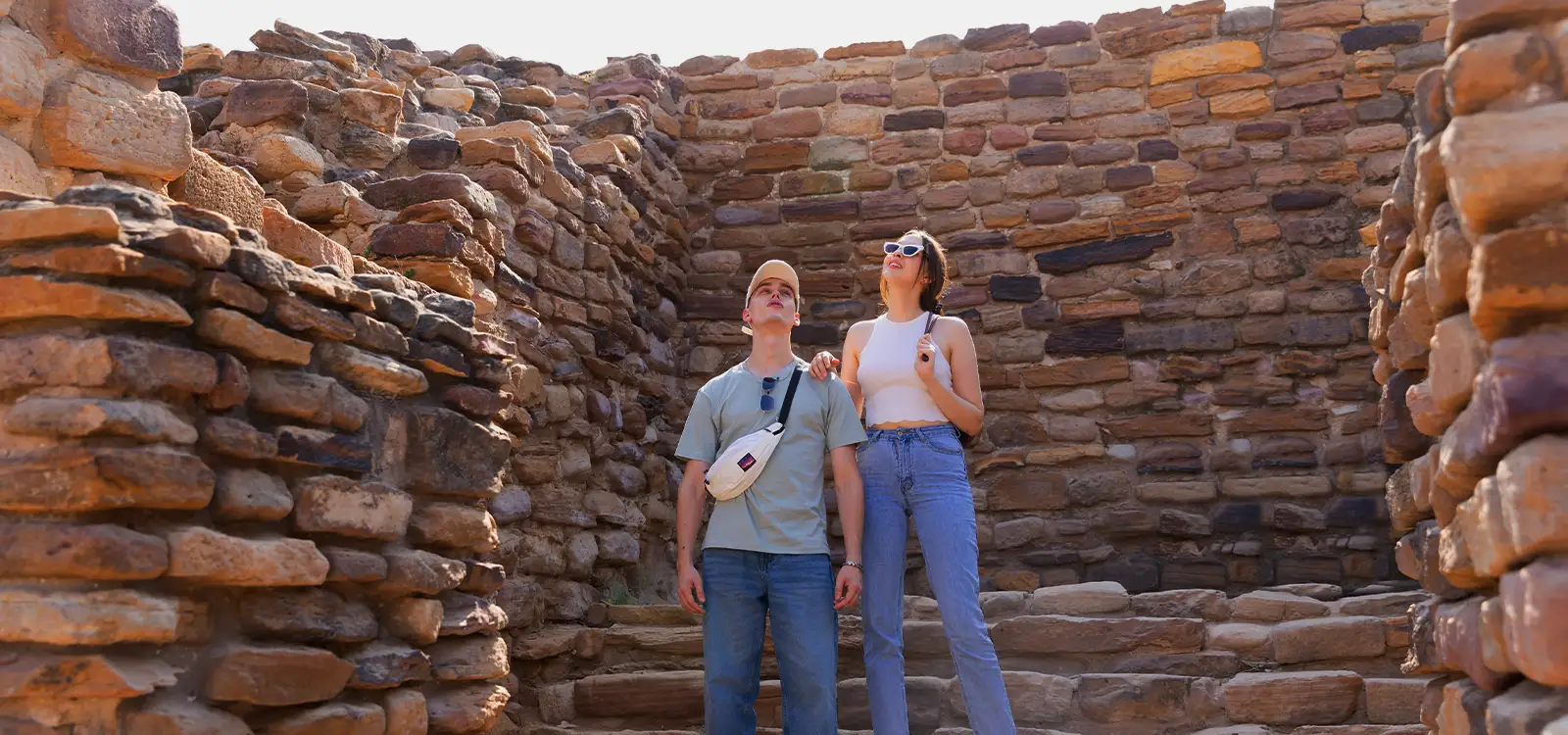Dholavira: Echoes of an Ancient Civilization in Gujarat
Dholavira: Exploring the Echoes of an Ancient Civilization
Imagine stepping back in time, over 4,500 years ago, to a thriving city of the Indus Valley Civilization—one that boasted advanced urban planning, sophisticated water conservation techniques, and a well-structured society. Welcome to Dholavira, one of India’s most significant Harappan sites in Gujarat and a treasure trove of history waiting to be explored. Recognized as a UNESCO World Heritage Site, this ancient city tells tales of a civilization that was remarkably ahead of its time.
Unveiling the Lost City of Dholavira
Dholavira is one of the two largest Harappan sites in India and the fifth largest in Asia. Unlike other Harappan sites in Gujarat, such as Lothal, Dholavira provides a unique glimpse into an entire city’s layout rather than just a segment of it. The site’s excavation revealed a well-planned city with distinct zones for administrative, residential, and commercial purposes.
One of the most astonishing aspects of Dholavira history is its ability to withstand the harsh desert environment. The city’s water conservation system, extensive reservoirs, and strategically planned structures showcase the ingenuity of the Harappan civilization.
How Dholavira Was Unearthed: A Remarkable Archaeological Find
Excavations have revealed an urban settlement that thrived between 2900 BCE and 1500 BCE. What sets Dholavira history apart is its continuous evolution through seven stages of the Harappan civilization, indicating resilience and adaptability.
Archaeologists unearthed artifacts such as pottery, beads, copper tools, seals, and even a signboard with Indus script, hinting at an advanced and literate society. These findings have made Dholavira a key site in understanding the legacy of the Indus Valley Civilization.
Urban Planning and Water Conservation: A Civilization Ahead of Its Time
The ingenuity of Dholavira’s urban planning lies in its division into a citadel, middle town, and lower town, surrounded by massive fortifications. The city’s layout was methodically planned, with wide roads, strategically placed buildings, and an intricate drainage system.
Perhaps the most astonishing feature is Dholavira’s advanced water conservation system. Unlike other Harappan sites in Gujarat, the city’s inhabitants built step wells, reservoirs, and rainwater harvesting structures to sustain life in the harsh desert environment. These techniques highlight how the Harappan civilization was way ahead of its time in engineering and environmental sustainability.

Why Dholavira Earned UNESCO World Heritage Status
What This Recognition Means for India's Cultural Heritage
In 2021, Dholavira was officially designated a UNESCO World Heritage Site, making it the fourth such site in Gujarat, alongside Champaner-Pavagadh, Rani Ki Vav, and the historic city of Ahmedabad. This prestigious recognition underscores the global significance of Dholavira history and its contributions to understanding early human civilization.
For India, this recognition brings immense cultural pride and boosts heritage tourism. It ensures that Dholavira receives the necessary preservation efforts, allowing future generations to marvel at its rich history and architectural brilliance.
Visiting Dholavira: Travel and Accommodation
In 2021, Dholavira was officially designated a UNESCO World Heritage Site, making it the fourth such site in Gujarat, alongside Champaner-Pavagadh, Rani Ki Vav, and the historic city of Ahmedabad. This prestigious recognition underscores the global significance of Dholavira history and its contributions to understanding early human civilization.
Best Places to Stay: Dholavira Accommodation Guide
For travelers seeking a comfortable stay near this historic wonder, Evoke Dholavira is the perfect choice. As one of the best places to stay in Dholavira, our property offers a seamless blend of modern comfort and traditional hospitality. With well-appointed rooms, delicious local, swimming pool, cuisine, and guided tours of Dholavira, guests can immerse themselves in history while enjoying a relaxed stay.
If you’re searching for Dholavira places to stay, look no further than Evoke Dholavira—where history meets hospitality.
Conclusion
Dholavira stands as a testament to the ingenuity, resilience, and architectural brilliance of the Harappan civilization. Recognized as a UNESCO World Heritage Site, this ancient city continues to fascinate historians, archaeologists, and travelers alike. Whether you’re a history enthusiast, an adventure seeker, or simply someone looking to explore a unique destination, Dholavira offers an unforgettable journey through time. And for those planning their visit, Evoke Dholavira ensures a comfortable and enriching stay near this historic marvel.

Frequently Asked Questions (FAQs)
The Dholavira discovery is significant as it provides insight into the Harappan civilization’s advanced urban planning, water conservation techniques, and architectural prowess.
Unlike other Harappan sites in Gujarat, Dholavira showcases a complete city layout, highlighting the evolution of civilization over 1,500 years.
Dholavira was recognized for its exceptional urban planning, sophisticated water conservation systems, and well-preserved remnants of the Indus Valley Civilization.
For the best Dholavira accommodation, Evoke Dholavira offers a comfortable and immersive experience near the historic site.
Dholavira is accessible via Bhuj, with road connectivity through well-maintained highways.
Key attractions include the Citadel, White Rann, Middle Town, Lower Town, Step Wells, Road through heaven, Kalo Dungar and Ancient Reservoirs showcasing the site’s unique urban planning.
Yes, Evoke Dholavira offers guided tours to enhance your experience and understanding of this ancient Harappan site in Gujarat.

